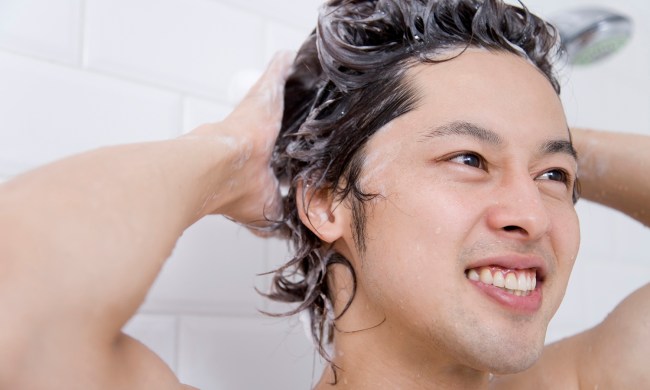
Not everyone feels the same way about facial hair. For some, the unibrow is viewed as a harbinger of good luck and fortune — just look at footballer Eric Cantona for proof of this phenomenon. But for others, shaping eyebrows is a full-time job, requiring costly monthly removal sessions. While the unibrow certainly has its share of admirers, having a little extra hair between the eyes isn’t everyone’s cup of tea.
Whether you’ve been struggling to figure out how to get rid of your unibrow or another irritating patch of fuzz, a small area of unwanted hair growth can lead to big headaches. Many hair removal methods have a reputation for being not only painful but expensive. A single body waxing session could set you back hundreds, while laser hair removal services command prices into the thousands. And even simple interventions such as shaving can add up to the tune of $200 per year or more. But which is the most effective solution? Well, that all depends on your needs. Ahead, we’ll break down some of the most common hair removal methods to help you determine which is best for you.
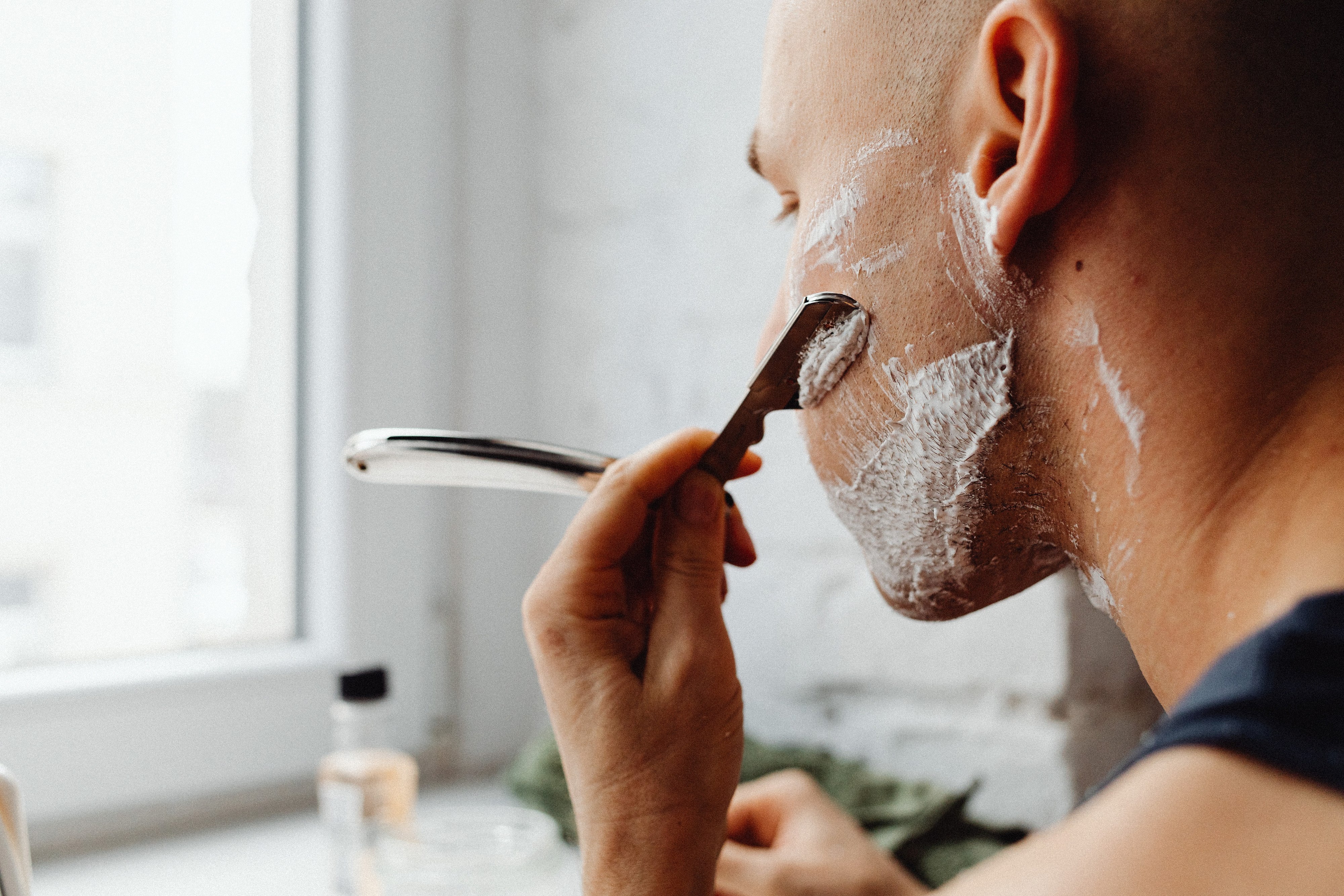
Shaving
Pros
The most common approach to hair removal, shaving, is also one of the least painful interventions — well, most of the time. It’s accessible, relatively affordable, and fairly easy to master with the right shaving tips. A pack of razors and some shaving cream can be yours for as little as $2.50 if you frequent fine establishments like the local dollar store. That said, it’s worth pointing out that many close-shave enthusiasts prefer to elevate the experience with higher-end products, like straight blades, electronic razors, and cosmetically elegant
Cons
However, shaving has a few significant drawbacks. For starters, it’s temporary.
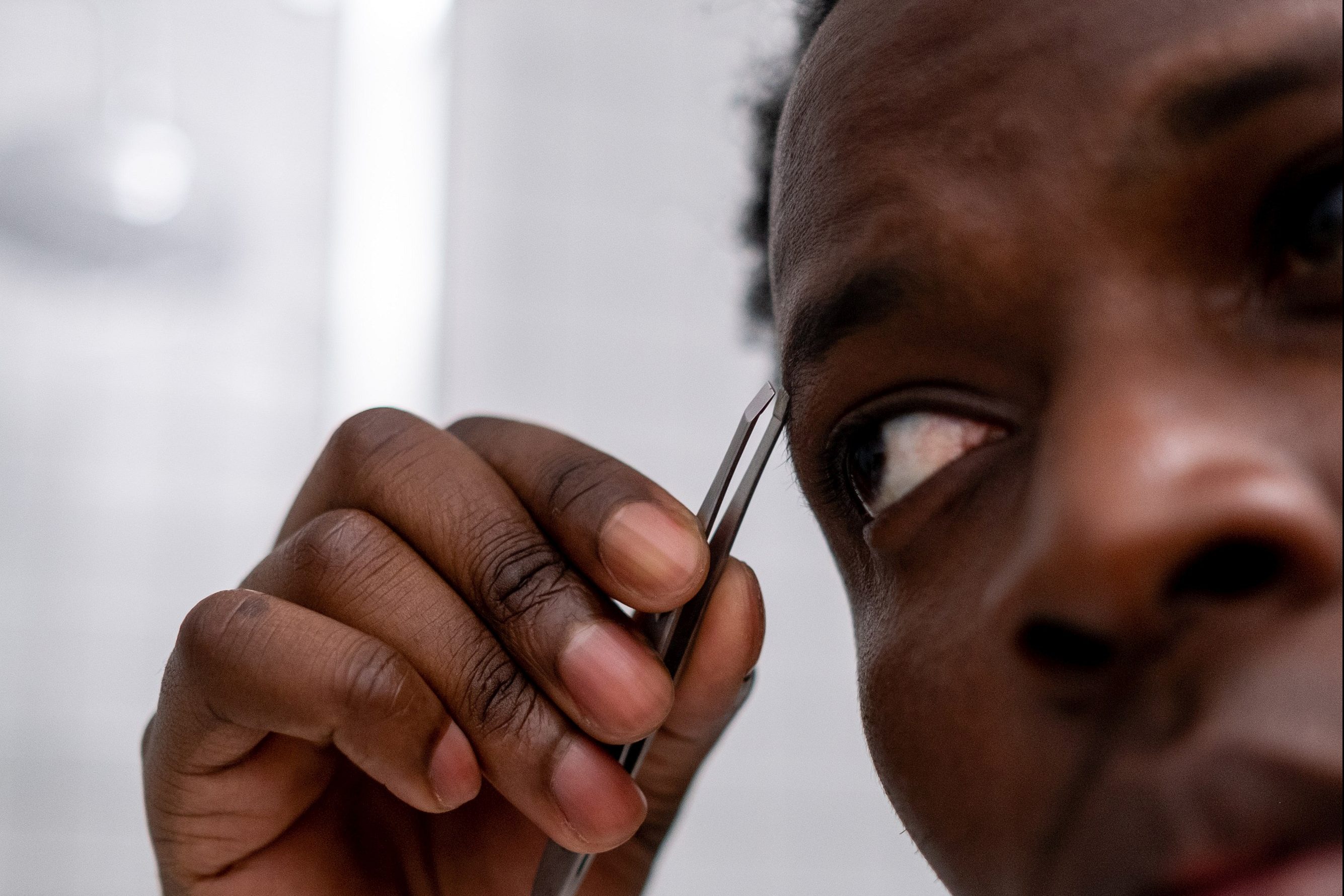
Plucking
Pros
Typically used to attack a few individual hairs at a time, plucking has the advantage of being extremely low-maintenance. All you need is a pair of tweezers and some degree of mental fortitude, and smooth, hairless skin can be yours. And let’s not forget its closely-related cousin, threading, a system of hair removal that can whisk away multiple hairs at once with — you guessed it — thread. We’d leave the threading to the professionals, who generally charge around five to twenty dollars per service, depending on your location. Plucking at home, on the other hand, will only run you a couple of bucks or so for a decent set of tweezers.
Cons
As far as hair removal methods go, we’d say plucking is best for yanking the occasional hair here or there. Unless you only have a few sparse strands between your eyebrows, there are far better ways to remove a unibrow. Plucking may potentially yield permanent results, but it can take years before a follicle finally surrenders — if ever. In fact, some research indicates that plucking could actually encourage new hair growth. It’s also fairly painful compared to other hair removal methods, especially when used to treat larger areas of hair. Since tweezers are such multifaceted tools, they’re still worth keeping in your medicine cabinet — just don’t expect them to perform any hair removal-related miracles.
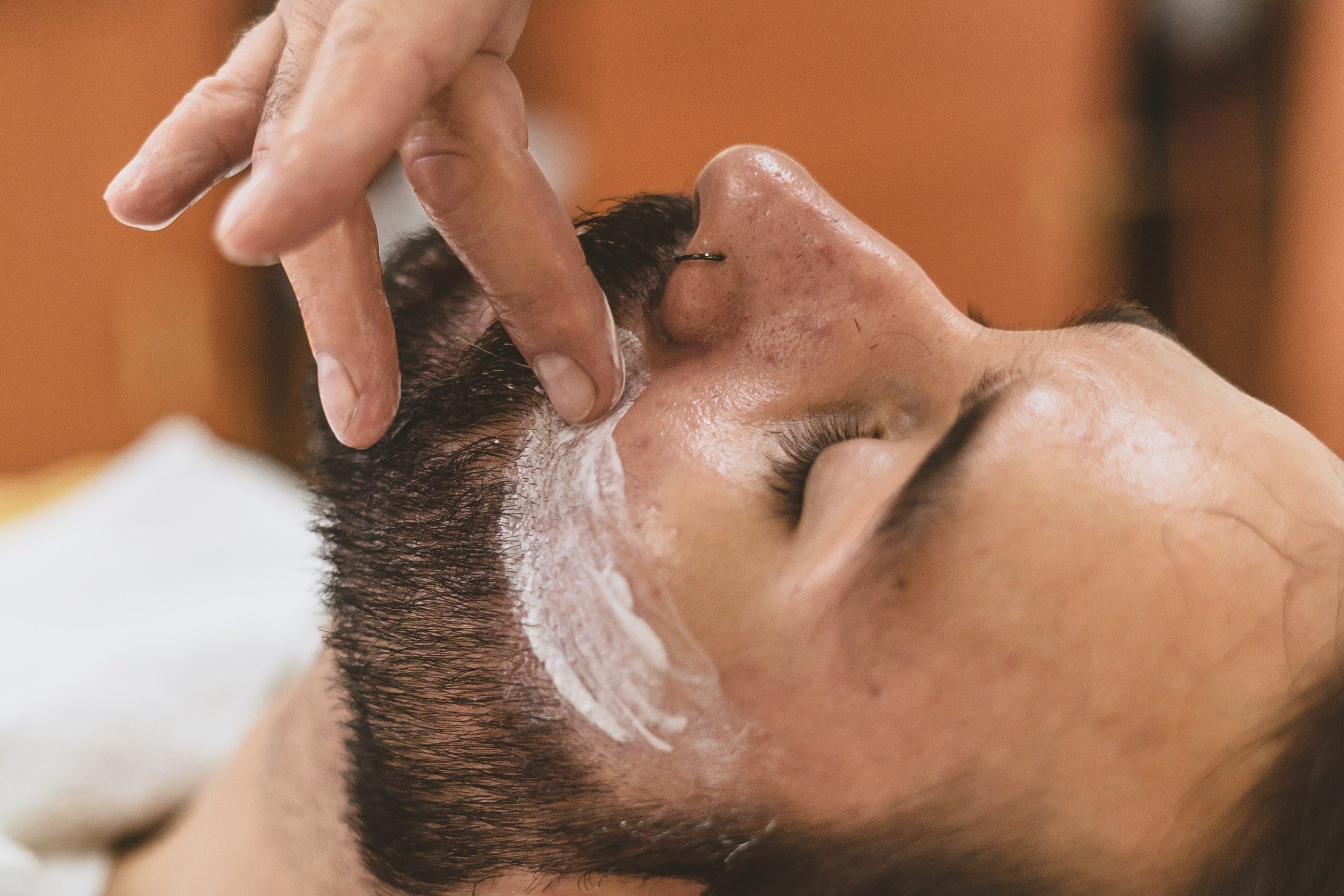
Depilatory cream
Pros
Better known by brand names like Nair or Veet, depilatory creams have existed for decades. Depilatories promise to remove hair painlessly and effortlessly using a chemical known as thioglycolic acid to ‘melt’ away pesky stubble. Some products are designed to target facial hair, while others can help take care of body hair. And these days, several brands even make depilatory creams specifically geared toward men.
Cons
Before you get too excited, though, it’s worth noting that many manufacturers caution users not to apply depilatory cream to the area around the eyes, including one’s unibrow. Doing so can lead to irritation or worse, damage to the eyes. Still, these handy products can be useful in other areas of the face and body. According to depilatory cream fans, they work like a charm — but timing is everything. Wait one minute too long, and you run the risk of blistering your skin in addition to wiping out your hair. Other common side effects of using depilatories include burning, sensitivity, and rash. But once you get the hang of it, depilatory cream can be pretty useful in your grooming arsenal. It’s affordable, relatively painless when used as directed, and doesn’t require much in the way of technique. A word of caution: when using a new depilatory product, be sure to conduct a patch test to gauge how it interacts with your skin type.

Waxing
Pros
Whether or not you were scarred by the waxing scene of The 40-Year-Old Virgin during your formative years, chances are you’re well aware of this hair removal method’s painful reputation. Waxing is one of the oldest epilation techniques around, with many historians tracing its roots back to ancient times. It may not be the most pleasant feeling treatment, but waxing is renowned for its effectiveness in getting rid of hair.
It’s also reasonably affordable to treat small areas of hair growth. Though you can wax unwanted hair at home, most opt to hit the barber’s chair or spa for their waxing needs. Professional facial waxing services may cost around ten to twenty dollars per treatment, whereas at-home interventions vary in price. You can go with something economical, like single-use waxing strips, or opt for an elaborate, spa-worthy waxing pot setup instead.
When properly administered, waxing has several advantages. It’s less likely to cause ingrown hairs and irritation than interventions like shaving, and you won’t notice any regrowth for weeks.
Cons
As previously mentioned, it can hurt. And, keep in mind that results from waxing aren’t permanent. Like plucking, repeated waxing may lead to reduced hair growth over time, but it isn’t a guarantee.
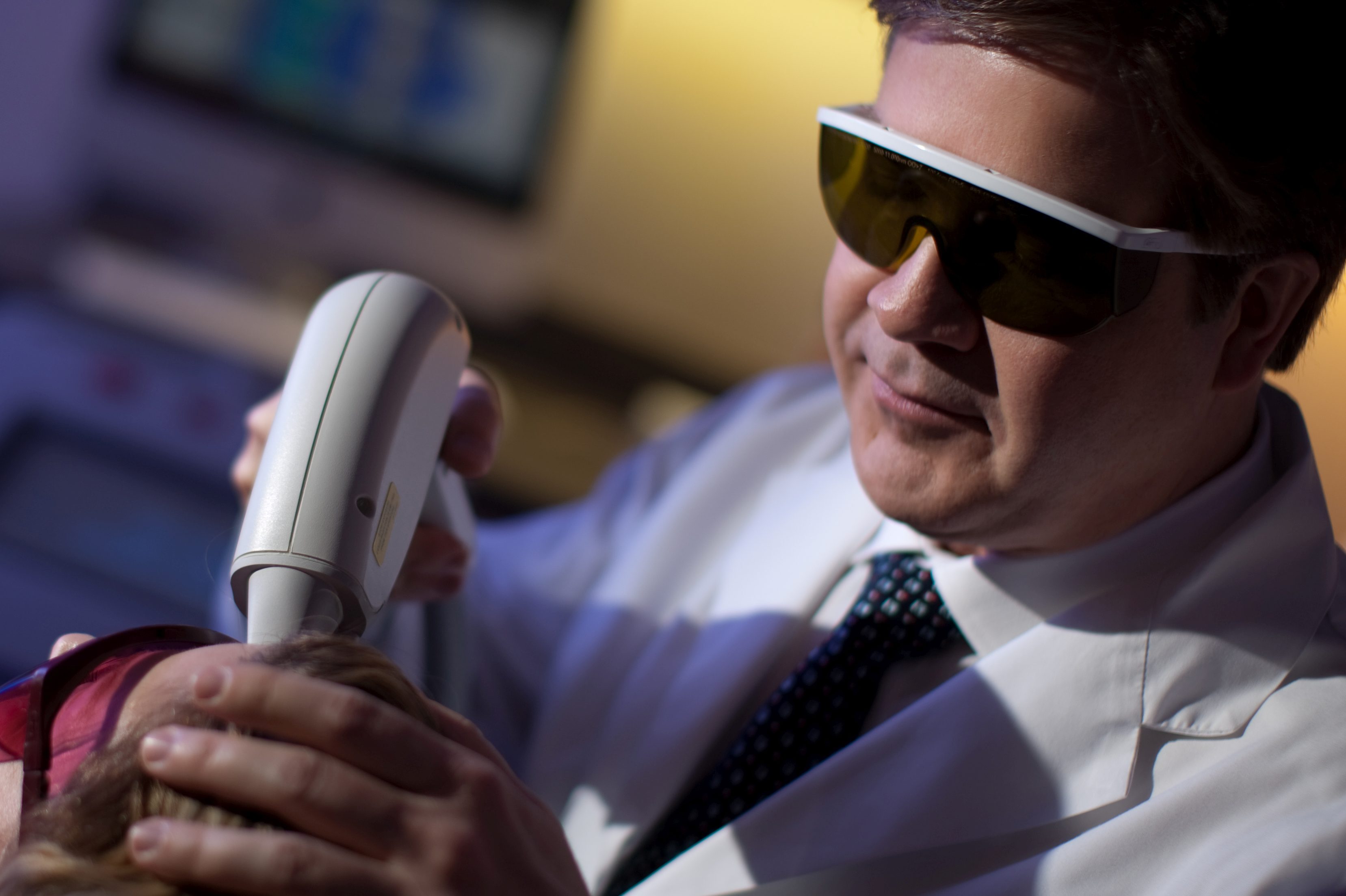
Laser
Pros
Feeling discouraged by shaving, plucking, or waxing? You may have heard a thing or two about laser hair removal. Widely utilized in cosmetic spas and clinics, laser hair removal is regarded as one of the final bosses for unwanted hair. Using a high-powered device, technicians target follicles with the goal of discouraging new growth. As you might imagine, this intervention isn’t quite as affordable as others on our list. Each round of laser can cost hundreds of dollars per session, and most professionals recommend multiple treatments to ensure lasting results. The most significant advantage of laser hair removal is its speed. Some areas may only take a few minutes to treat, whereas other intensive hair removal methods can take hours.
Cons
Now, for all of laser hair removal’s merits, this procedure isn’t without a few cons. First things first: if you’re looking to laser off your unibrow, you’re out of luck. Most practitioners refrain from performing laser treatments around the eyes, as the laser can potentially harm them. And because the laser makes contact with the skin, it can also lead to unfortunate side effects like skin darkening and irritation. Furthermore, laser hair removal isn’t permanent, despite what you may have heard. In many instances, laser-treated hair does grow back eventually, albeit finer or lighter. But overall, it can be difficult to predict the effects of laser hair removal.
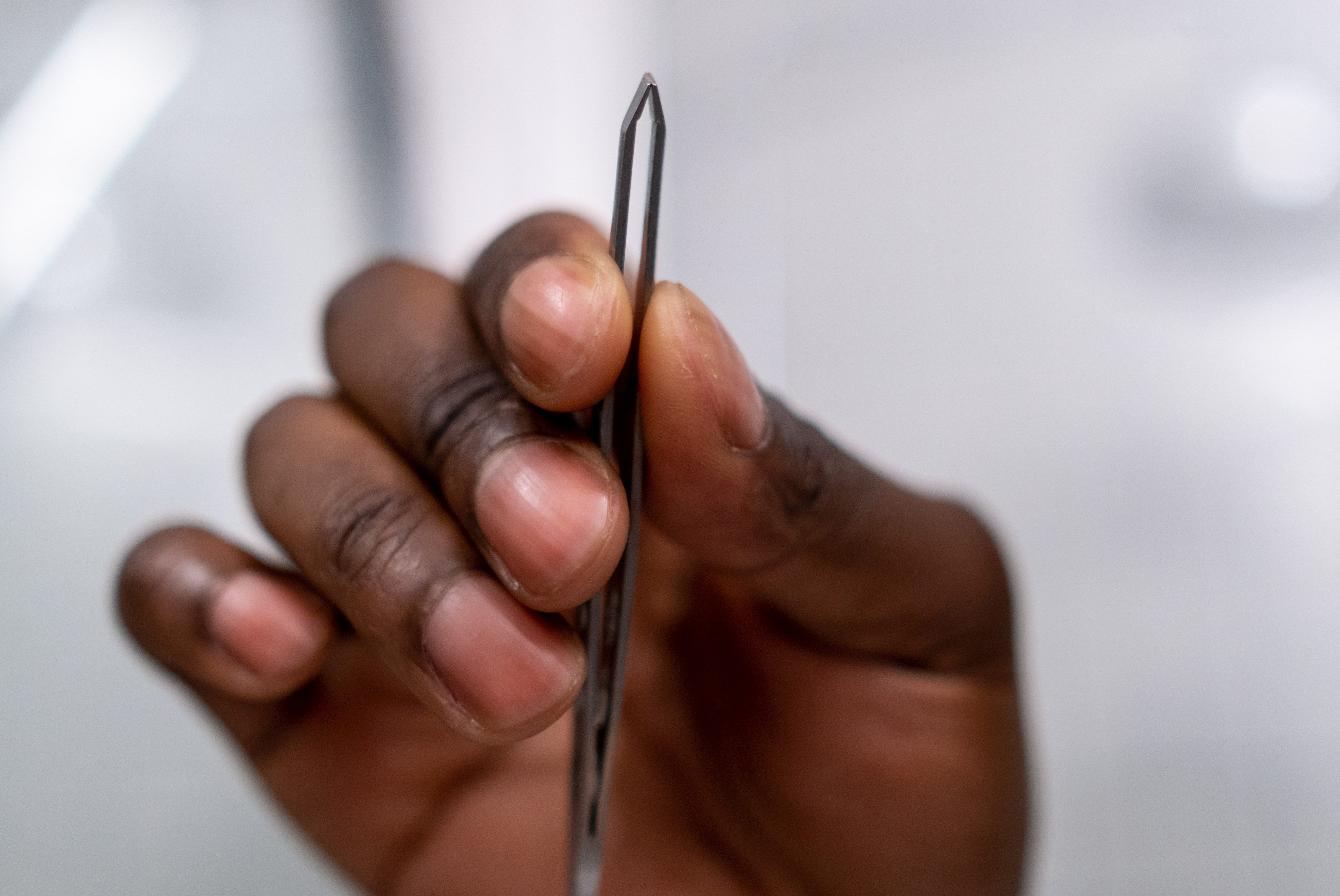
Electrolysis
Pros
If you really want to remove hair for good, look no further than electrolysis. The hair removal method was originally developed in 1875 by Dr. Charles Michel in an attempt to treat his patients’ ingrown eyelashes. It proved to be a huge success, and countless electrolysis enthusiasts followed in Dr. Michel’s footsteps.
Here’s the thing about electrolysis: it’s the only truly permanent hair removal method approved by the FDA.
Cons
With that in mind, it’s important to note that it’s not for everyone. Electrolysis uses a tiny probe to cauterize each hair bulb, and this probe resembles a tiny needle – though it isn’t one by definition. So if you’re afraid of needles, or instruments resembling them, you may be better off sticking to other methods on our list.
Electrolysis requires a technician to manually ‘zap’ each individual hair, a process that can take months or years depending on factors like hair density and the size of the area treated. Due to the intricacy involved in this hair removal method, it can cost a pretty penny. The average rate for an hour of electrolysis treatment can run over one hundred dollars or more, and many clients require sessions.
Electrolysis also requires some serious commitment if you’re looking to eliminate hair from larger regions of the body like the back, underarms, or chest. Nevertheless, getting rid of a unibrow or similarly small patch of hair with electrolysis shouldn’t take long at all. If you’re interested in pursuing electrolysis for hair removal, look for an electrologist certified by the American Electrology Association.

